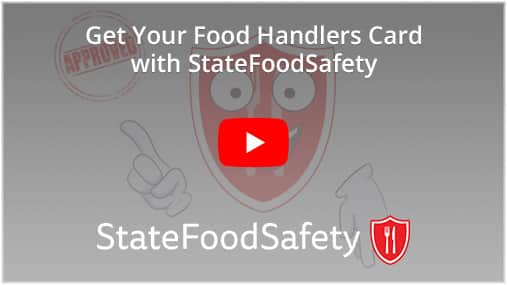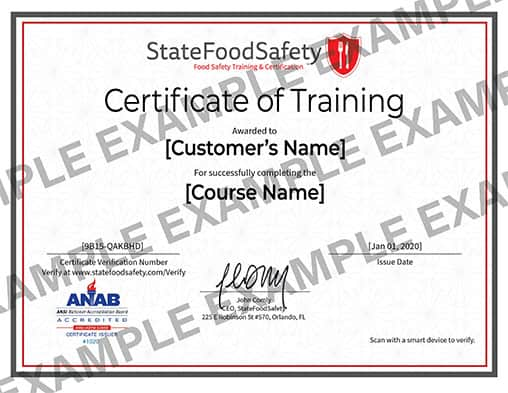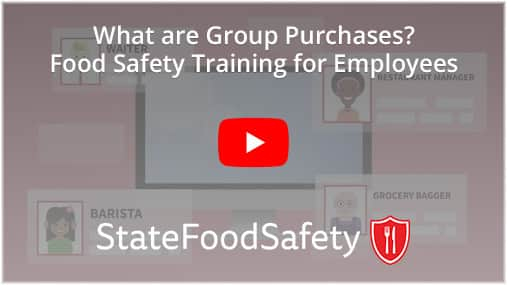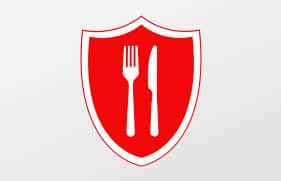A better learning experience
How to Get Your California Food Handlers Card Online
Mobile Friendly Course
Special Instructions
You will need to take a special course if you work in one of the following areas: Riverside County, San Bernardino County, San Diego County, and Siskiyou County.
Customers Also Bought
California Food Handlers Card
Mail My Certificate
Laminated Wallet Card
California Sexual Harassment Prevention Training for Employees
California Responsible Beverage Service Training - English
Best Price
Government Approved
Training Success
How to Get Your California Food Handlers Card Online
Train
- 7 Languages Available
- 100% Online
- Course Length: 75 Minutes
- Start and Stop as Needed
Test
2 Test Attempts
70% to Pass
Pass Rate: 90%
Print Certificate
- Print from Home
- Card Valid for 3 Years
- Training Access for 1 Year





